For a long time, the Western world has looked east, to Japan, for innovation and technological advancement. From cars to cameras and more recently robotics, the Land of the Rising Sun has made being at the cutting edge its calling card.
And this is no more evident than in the Japanese watch market.
While the Swiss have creatively crafted an enviable watchmaking reputation surrounding heritage – skills honed over generations above all else – Japanese watch brands focus on enhancing technology and function more than lavish design.
Indeed, the Japanese have developed their own niches to compete in the Swiss-dominated global watch market. The high-tech brands have wide appeal and even wider ranges, so much so that the only real difficulty for consumers and retailers is choosing the right watch.
At the time the international watch market was facing a major shake-up – or shake out – courtesy of the smartwatches of tech giants Apple, Samsung and Google, Japanese brands were improving their reputations and increasing market share while the industry was supposed to be in upheaval.
None of this will come as a surprise given that the Japanese revolutionised the market when the first quartz watches were launched in 1969.
Not only did these timepieces operate without winding, but they also boasted accuracy about 100 times better than traditional Swiss watches, dropping out by no more than 20 seconds a month compared to a shift in performance of anywhere between 10 and 60 seconds in a single day for their Swiss competitors.
So popular was the quartz breakthrough that Japan quickly became the world’s largest timepiece producer, manufacturing some 60 million watches domestically in 1979.
The Swiss may lay claim to classical watchmaking but Japan has long been the industry’s major force for technological design and creativity.
Swiss watch brands regularly list their rich heritage as a sales feature, but Seiko Australia group marketing manager Stuart Smith stresses that the “Japanese brands have always been pioneers of technology; that’s a known difference between us and the Swiss watch brands”.
“For the course of the next five years or so, we’re really trying to push out what we believe is changing the mindset of being Japanese. Sometimes people say, ‘Being Japanese is not as good as being Swiss’, so we’ve got to educate people on the craftsmanship that comes out of Japan, as well as new design features.”
Where function meets form
It is the Japanese who are delivering, creating products that have automatic power generation or solar power, GPS, heart-rate monitors and sophisticated timing capabilities. Some models are even touted as indestructible.
But these timepieces aren’t only for the younger consumers. Japanese watches have wide appeal and even wider product ranges, and in establishing it’s own luxury niche, the Japanese don’t just focus on the technology within the watch.
As much attention is given to innovative aesthetic design, and Smith explains that Seiko has recently launched a new dial featuring porcelain with a heritage dating back centuries.
Arita, a small Japanese town, came to prominence in the early 17th Century when clay suitable for porcelain manufacture was discovered. The porcelain products soon became highly prized and within a generation, Arita porcelain was exported, first to Europe and later across the world when Japan opened its doors to international trade in the 19th Century.
Seiko’s new dial is made using Arita porcelain, and manufactured in Arita itself. To produce the dials involves a challenging combination of skill, patience and artistry; a new type of Arita porcelain material, created just three years ago, was chosen for Seiko.
This new porcelain is more than four times harder than usual – but retains both strength and flexibility, as well as the rich texture and depth that are the signature of all the finest porcelain.
The Arita porcelain watch dials were therefore introduced into the upscale Presage collection.
Setting ‘Made in Japan’ apart from ‘Made in Switzerland’ is the name of the game in order to target different consumers.
Perhaps this need is most evident given some of the recent issues confronting the Swiss market though Smith – thinks the top end may not have been impacted as much as people think.
“I tend to think that luxury and Swiss has gone from strength to strength. It’s just a matter of which end of the scale you are with the Swiss brands. I’ve read that high-end Swiss brands are doing exceptionally well and the entry-level [price] Swiss are not doing as well. The luxury segment is where the great potential is in Australia at the moment,” Smith says.
Jae Lee, marketing manager Citizen Watches, also points to the differentiation of customers.
“I don’t think the slow down of the Swiss market has particularly been of benefit to the Japanese market, because they actually target a different consumer. I think it is rather symptomatic of the pressure on consumers, rather than our wider market actually changing,” Lee explains.
“Overall I think the Japanese brands continue to punch above their weight in markets like Australia, and we are holding our own.”
Citizen’s innovation has also been steaming ahead, albeit in a slightly different direction to Seiko. Marking its 100th anniversary, Citizen recently announced the launch of the Eco-Drive Caliber 0100, and according to the company it’s ‘the most accurate wristwatch ever made’.
Caliber 0100 declares an annual accuracy ± 1 second, meaning it tells the world’s most precise time. It’s estimated to be up to 100 times more precise than a standard quartz movement – which loses about 15 seconds per month – and more precise than any mechanical watch.
This precision is achieved autonomously based on an internal mechanism, with no reliance on time signals from radio towers or GPS satellites.
In addition, the new Caliber 0100 watch uses light as a source of power, which means the watch is permanently charged by exposure to the sun. It is said to remain charged for up to six months without the presence of a light source.
The innovation addresses one of the main limitations of quartz watches: short battery life.
While Casio fills a different niche to Citizen and Seiko – targeting a different demographic – it has not been resting on its laurels when it comes to technological innovation.
Phil Chester, national sales and marketing manager Casio, says the business prides itself on constant innovation.
“Last year saw the release of full metal G-Shocks, as well as the world’s first solar-powered GPS watch. In 2019 we are looking to dwarf these releases with our new Carbon Core Guard technology and our announcement of the Solid Gold G-Shock,” Chester explains.
He adds, “A vast majority of G-Shock owners have more than one and often have their eyes open for the next. With monthly releases of new products, we ensure there is always something new to talk about.”
Chester’s comment affirms a long-held position in Australian and New Zealand of the Japanese brands “punching above their weight” when it comes to per capita sales, a point that Seiko’s Smith echoes, saying, “I can only probably report on, and have an understanding of, what the other international sales are of our national offices – and we sell more volume than anybody else in regards to per capita.”
He points to Seiko’s extensive number of retail stockists as being part of its high per capita sales results.
“We’re just really fortunate, insomuch as we’re going to good distribution points [stockists] in Australia and we’ve maintained those retailers probably since the ’70s. The Seiko brand has performed consistently well over that period of time. Even throughout the GFC [Global Financial Crisis of 2008 and 2009] we only had a little blip, whereas some overseas markets certainly got hurt. We seriously didn’t feel the impact of that,” Smith says.
“Seiko’s sales seem to be fairly constant in this market, in that we don’t get huge growth, we just get a steady growth year-on-year.”
Key markets
In terms of prices points, Lee says, “The Promaster is performing well, which is priced between $799–$1,000, and Eco-Drive is also doing well, which is priced between $399–$499. Quartz is our best performer, and that falls into the $150–$250 price category.”
Meanwhile Chester says the average selling price for Casio has actually increased.
“Our mid to premium end is our fastest growing category, [with timepieces priced] from $500 to $1,500.”
Smith advises that Seiko’s best prices points are $600 to $800. “That’s a really good price zone in retail terms, and then we actually do quite well with Grand Seiko, where the market’s growing as well. Grand Seiko is seen as a standalone brand, different from Seiko, and that’s doing very well in around the $6,000 to $9,000 mark.”
Lee says Citizen’s women’s category has performed well, which is linked the brand’s new releases.
“Our release last year was very strong in women’s watches, and I’m looking at trends in the US and UK markets where women are moving away from 28mm or under 30mm dials. Over there, they are becoming increasingly interested in unisex-type watches, seeking dials above 33mm, and even 36mm. I’m looking at those trends and markets. Also, rose gold continues to perform well within fashion brands, so I’m trying to keep up with that.”
Japanese society is not known for being loud and boisterous, and likewise the Japanese watch brands tend to be ‘quiet achievers’.
And while the international watch industry may be experiencing a wave of uncertainty it appears the Japanese watch brands will bunker down on their tech innovation positioning as they continue to defend their space in the market. Never underestimate a quiet achiever.
JAPANESE WATCH MARKET: LATEST DEVELOPMENTS
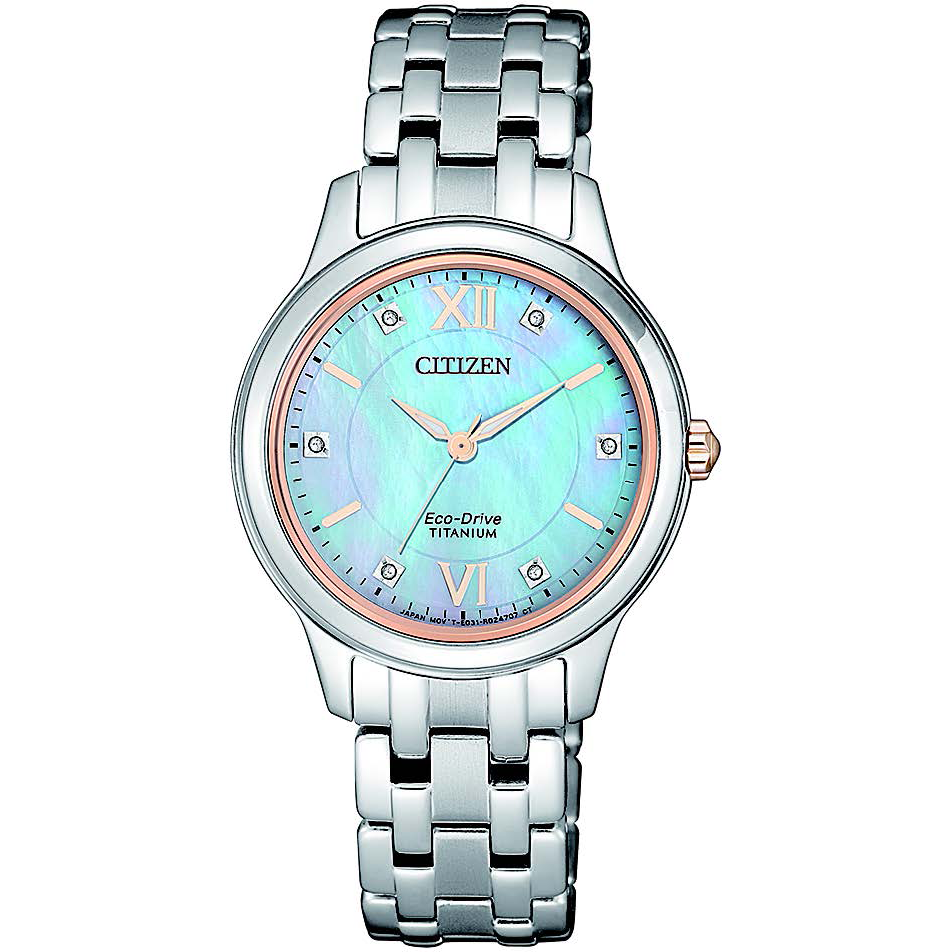 | 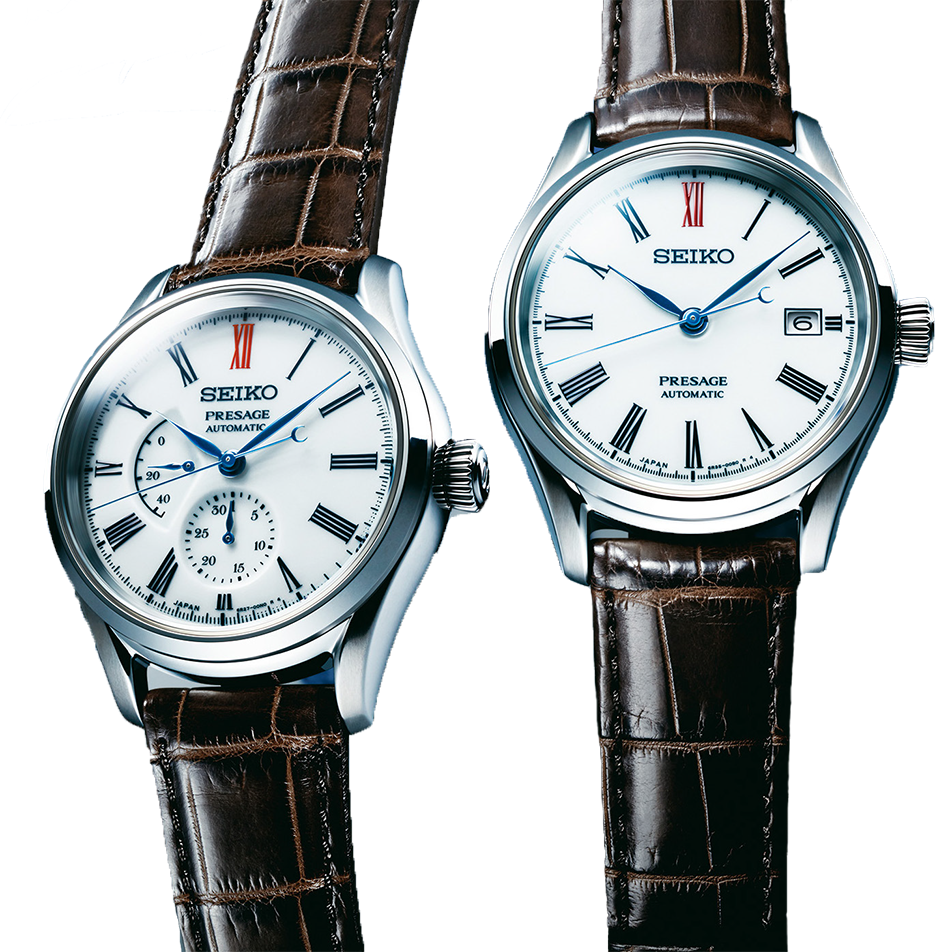 | 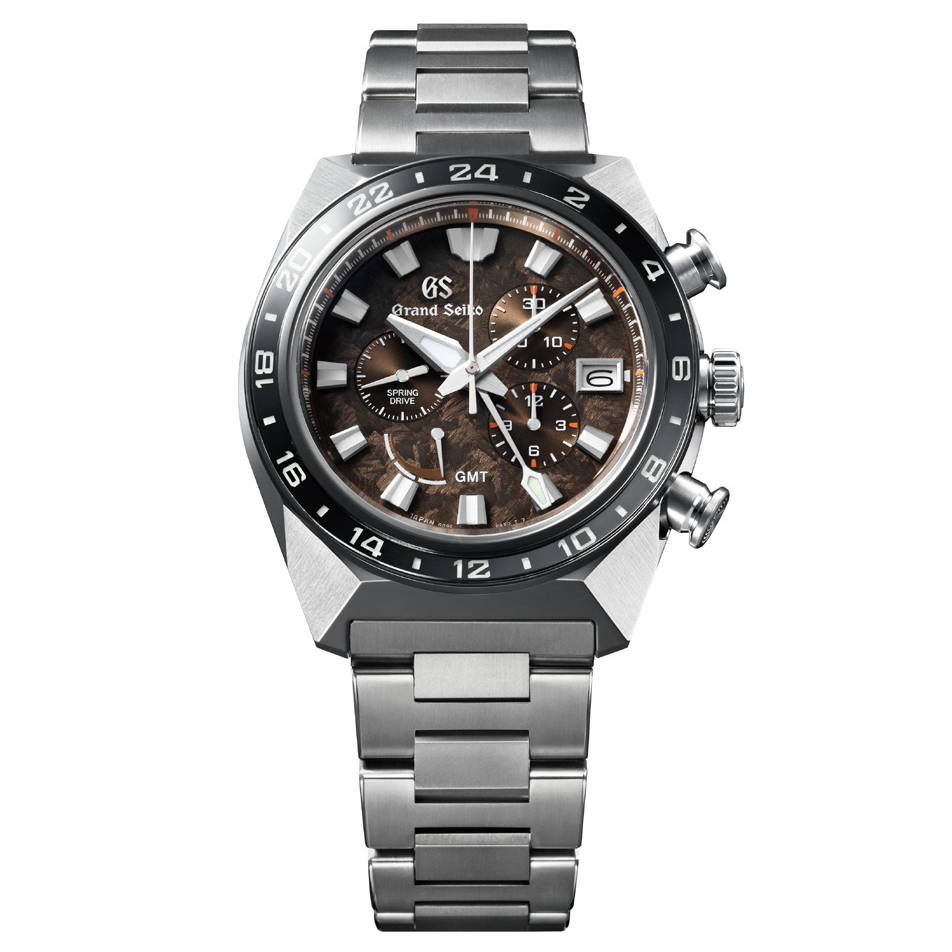 |
Above: Citizen | Above: Seiko | Above: Seiko |
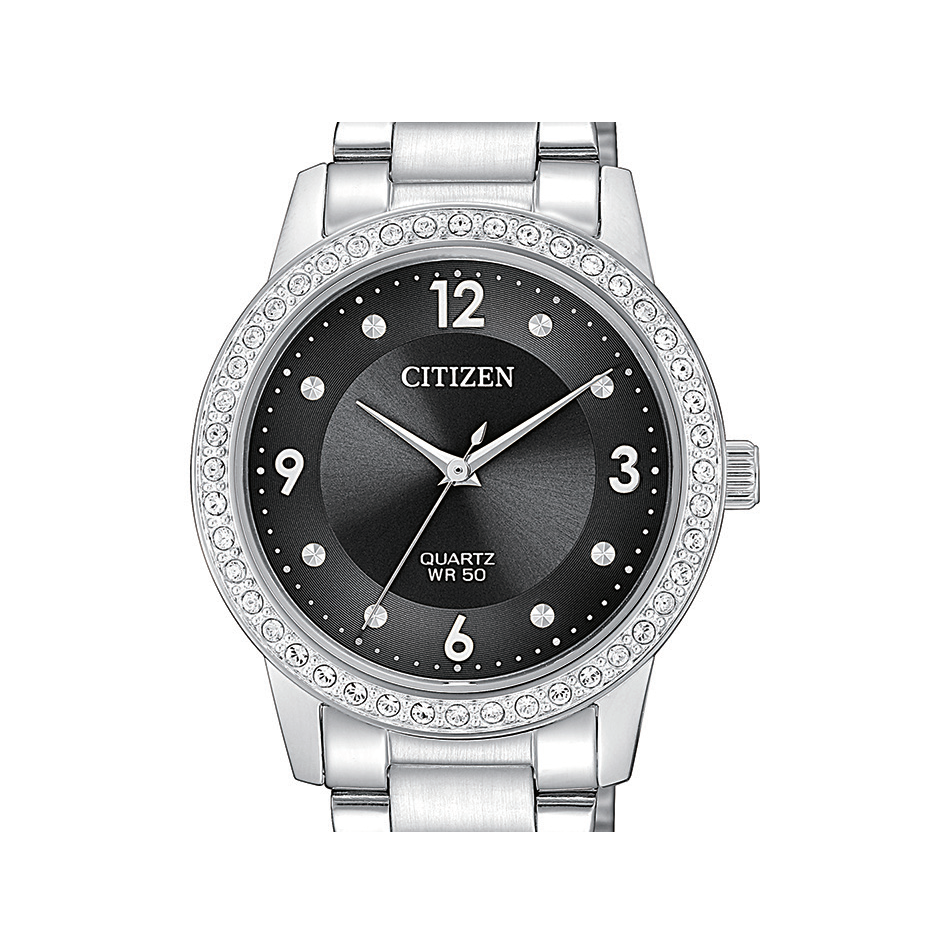 | 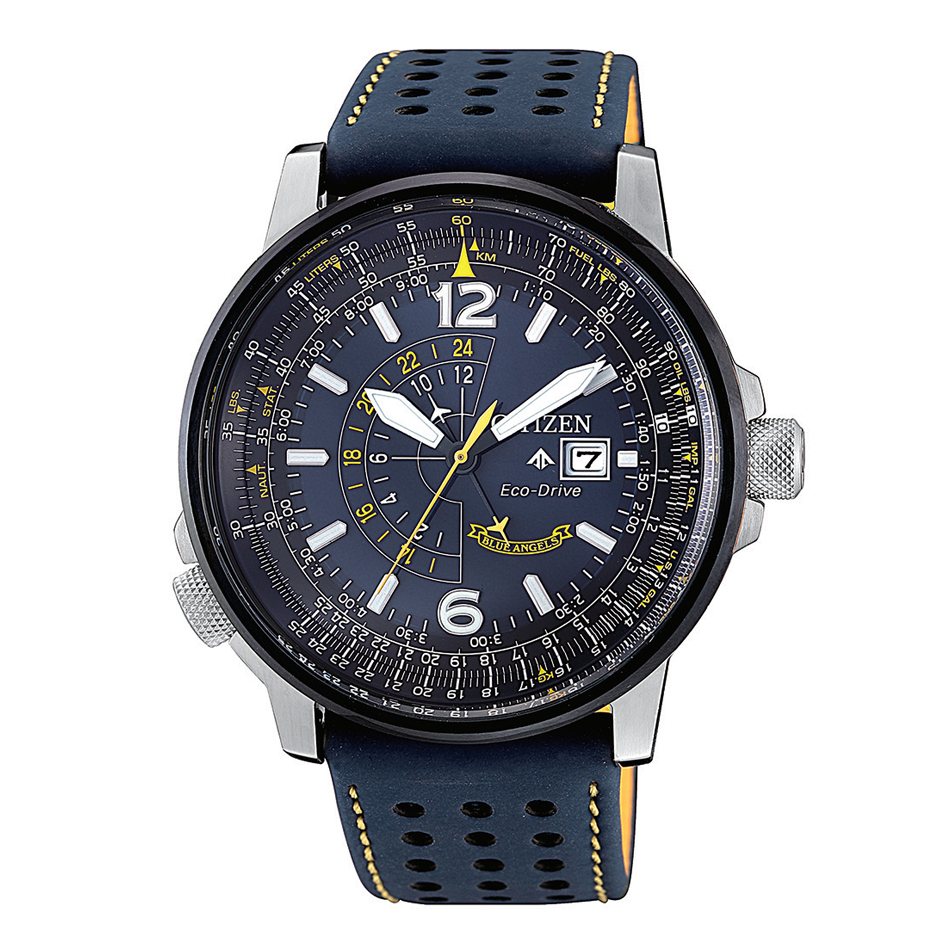 | 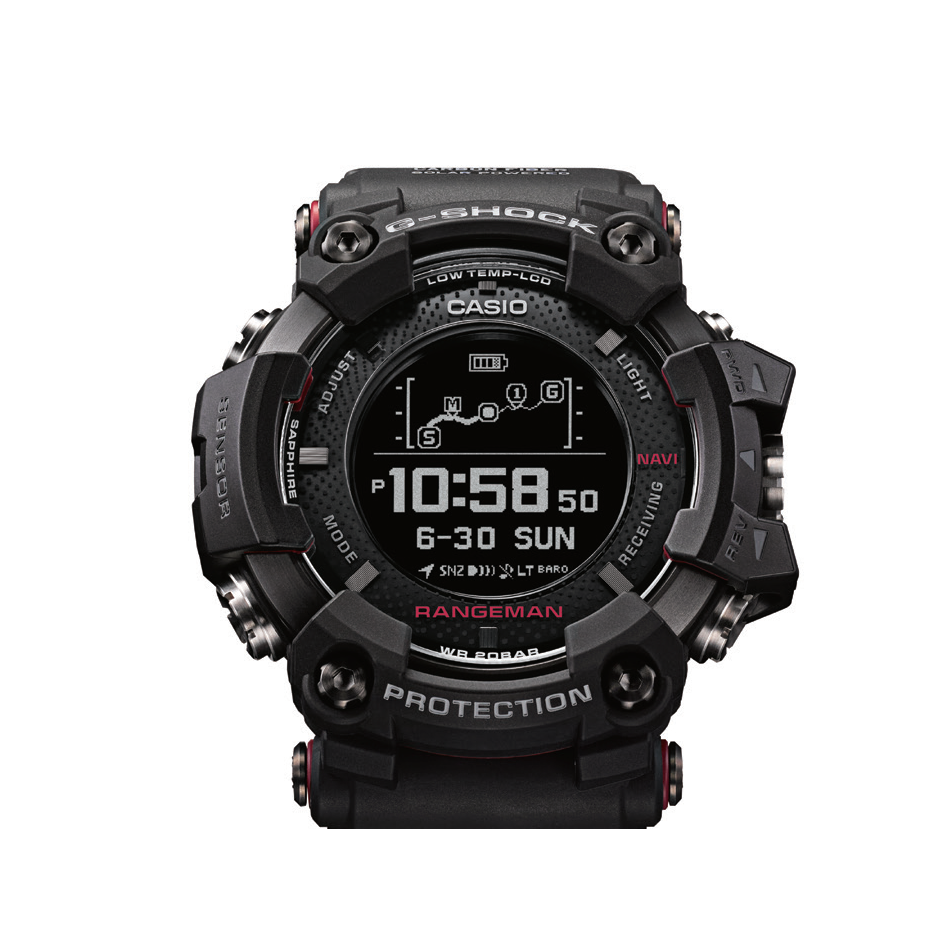 |
Above: Citizen | Above: Citizen | Above: Casio |